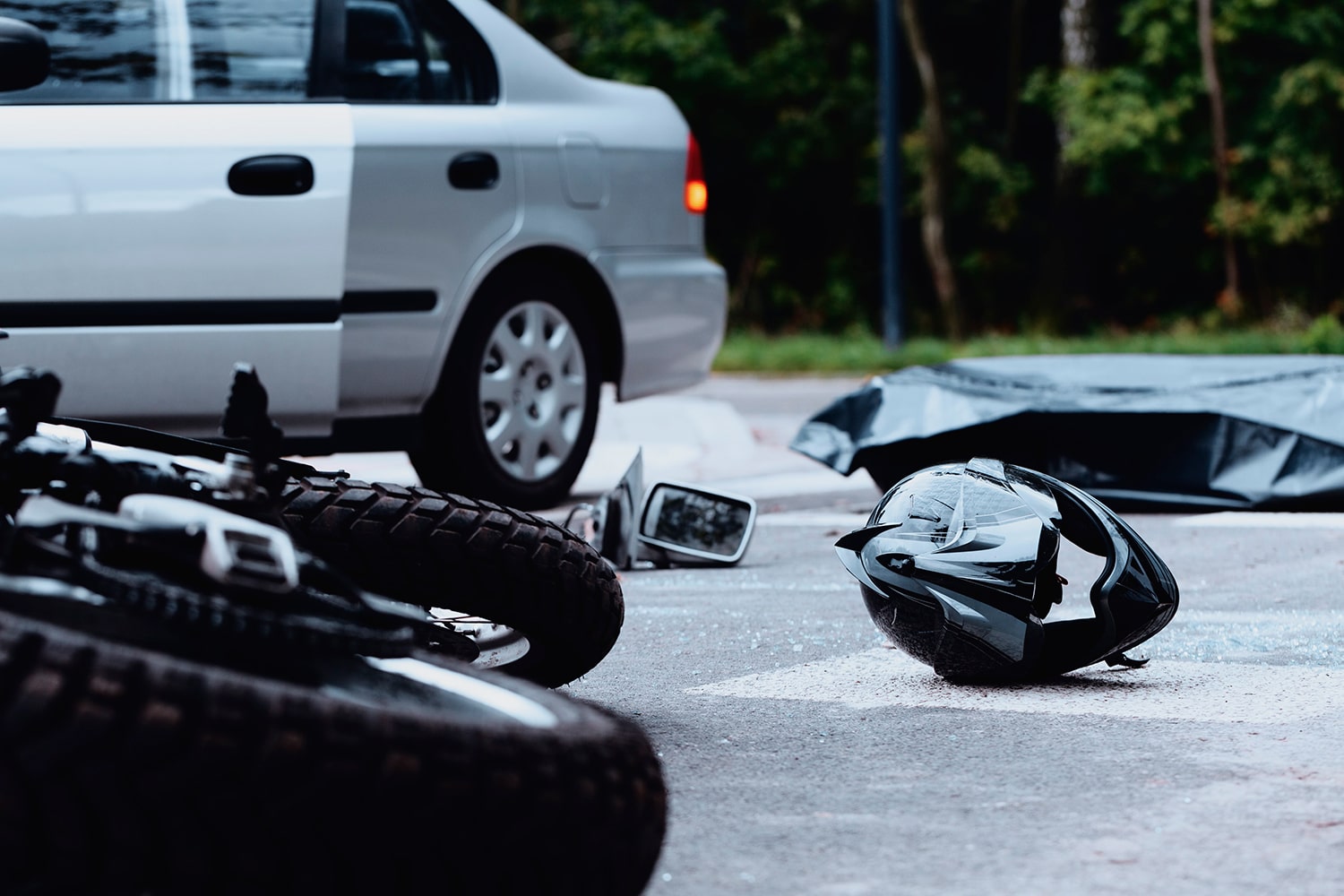Proving fault in a motorcycle accident is a crucial process to ensure fair compensation for the damages suffered. Establishing liability requires gathering and presenting convincing evidence that demonstrates another party’s negligence caused the accident. Our friends at Unidos Legales explore the key steps and strategies to prove fault in a motorcycle accident.
1. Gathering Evidence At The Accident Scene
Evidence obtained at the accident scene is fundamental. This includes photographs of the vehicles involved, their final positions, skid marks, traffic signs, and any damage to surrounding property. Photos should be taken from various angles to provide a comprehensive view of the incident. Additionally, it’s important to collect contact information from eyewitnesses who can provide objective accounts of what happened.
2. Police Reports
The police report is a crucial piece of evidence in any motorcycle accident case. Responding police officers document the scene, take statements from the involved parties and witnesses, and make a preliminary assessment of the accident’s cause. This report may include citations issued to any party, which can be a significant indicator of fault. Obtaining and carefully reviewing a copy of the police report is essential.
3. Witness Statements
Eyewitnesses can offer valuable testimonies that corroborate your version of events. It’s important to collect witness statements as soon as possible while the events are fresh in their memory. Witnesses can help clarify details about how the accident occurred and who may have been at fault. Ensure their statements are accurate and comprehensive.
4. Medical Evidence
Documentation of injuries sustained in the accident can help prove the severity of the incident and, in some cases, provide clues about the accident dynamics. Medical reports, treatment bills, and mental health evaluations can serve as evidence of the damages caused by the accident. Additionally, statements from healthcare professionals who treated the injuries can be useful.
5. Expert Analysis
In some cases, it may be necessary to consult accident reconstruction experts. These professionals use physical evidence and available data to recreate the accident and determine how it occurred. Their reports can be presented in court and provide a detailed and scientific explanation of the events leading up to the accident. This type of analysis can be especially helpful in complex cases where fault is not easily discernible.
6. Reviewing Traffic Laws And Regulations
Knowing the traffic laws and regulations applicable in the jurisdiction where the accident occurred is crucial. These laws can provide a framework for evaluating the actions of the involved parties. For instance, if one party violated a specific traffic law, such as exceeding the speed limit or failing to yield the right of way, this violation can be a solid basis for establishing fault.
7. Documenting And Presenting The Case
All gathered evidence must be organized and presented in a coherent and convincing manner. A lawyer specializing in motorcycle accidents can be invaluable in this process. They can help ensure all relevant evidence is considered and present strong arguments to prove the other party’s fault. Additionally, an abogado en accidentes de motocicleta can negotiate with insurance companies and represent your interests in court if necessary.
Attorneys like those at Unidos Legales specialize in guiding clients through the key steps and strategies to prove fault in a motorcycle accident. Proving fault in a motorcycle accident requires a meticulous and systematic approach. Having the support of an abogado en accidentes de motocicleta can significantly increase the chances of success in your case, ensuring you receive the compensation you deserve for your injuries and damages.

